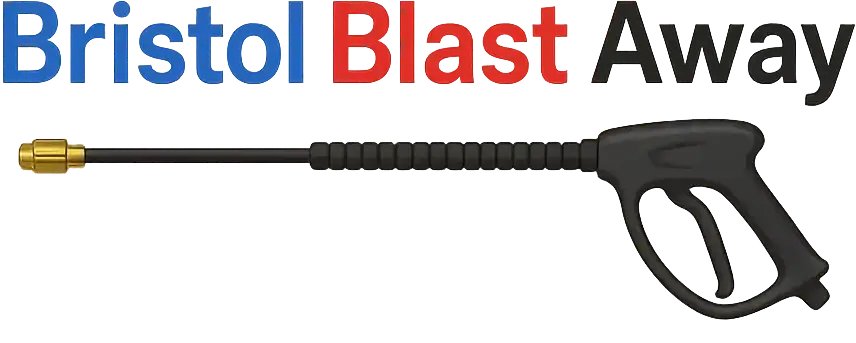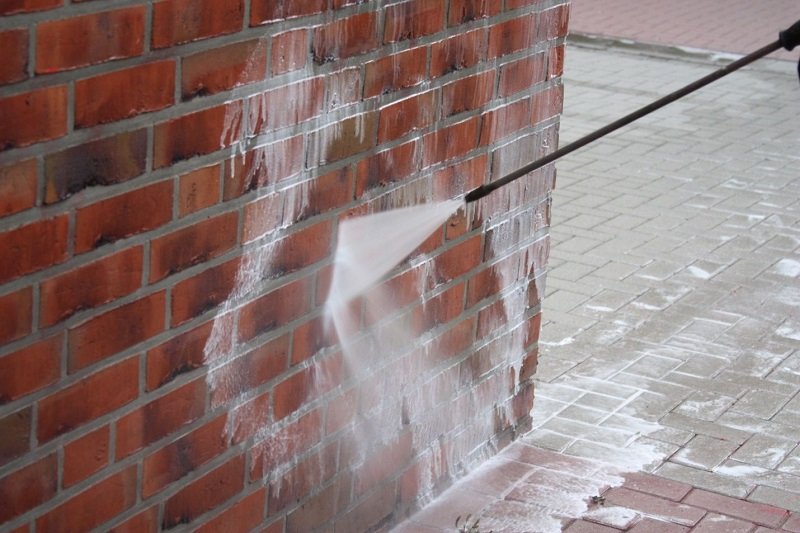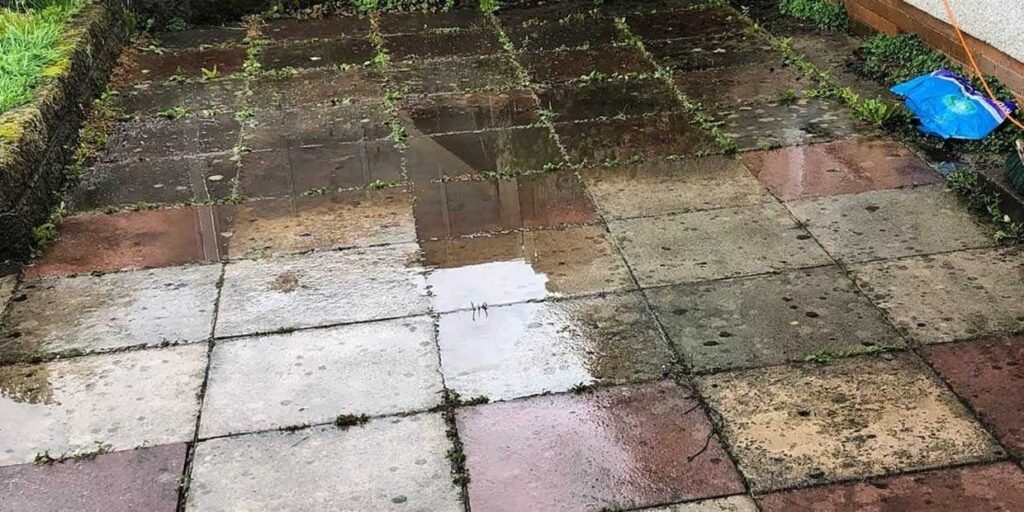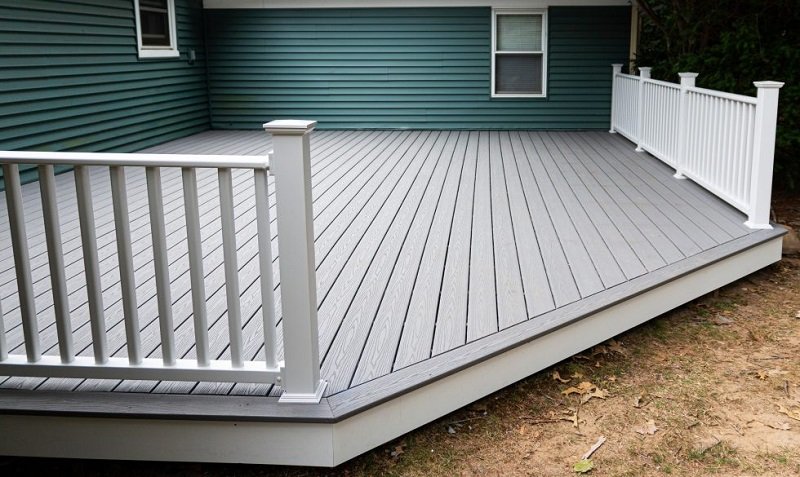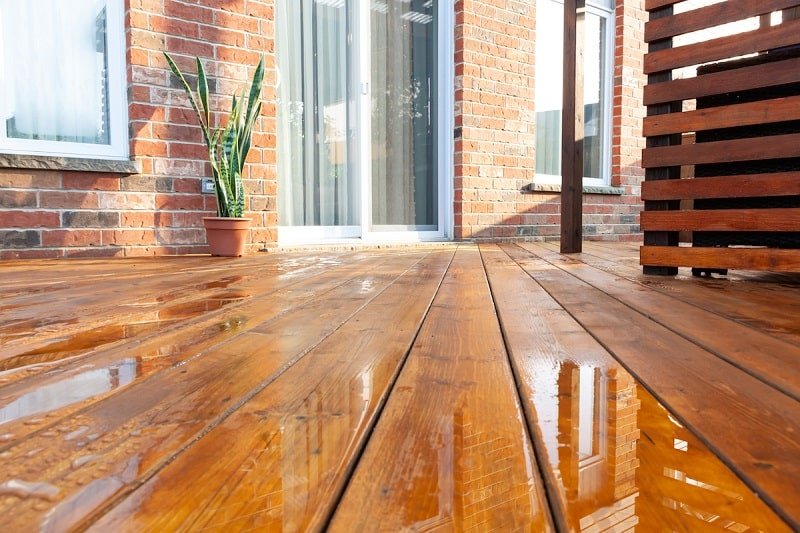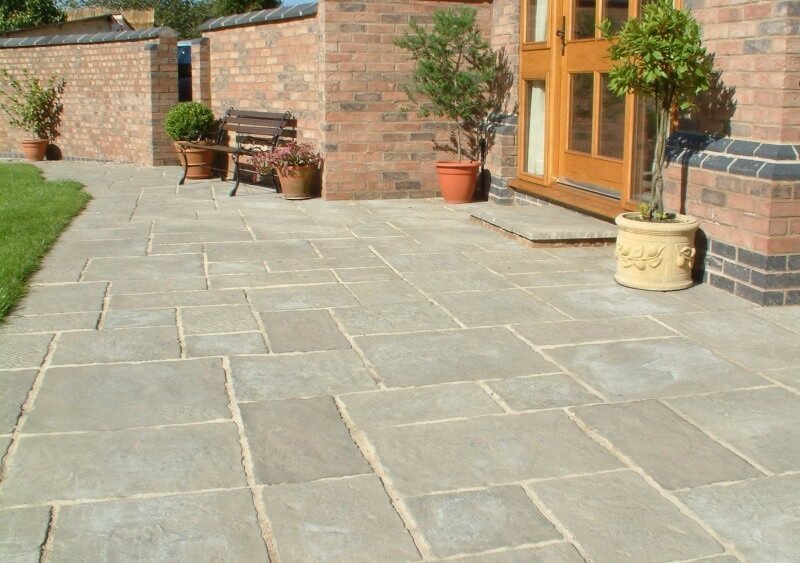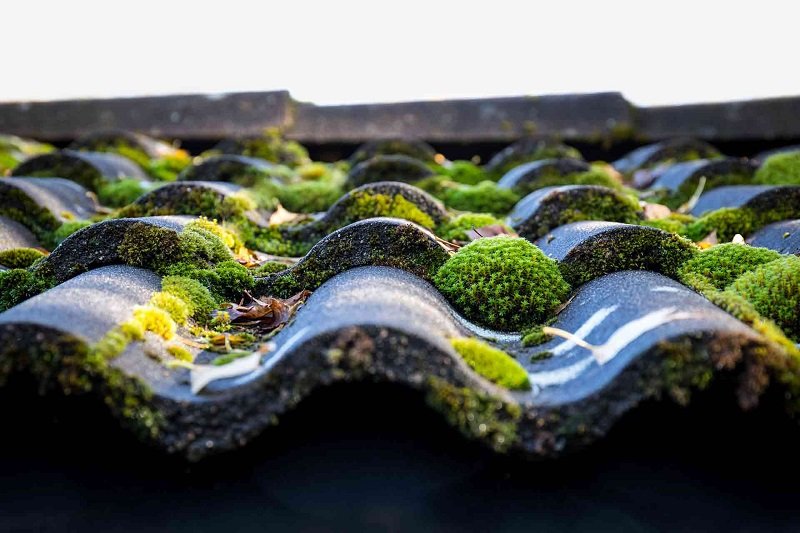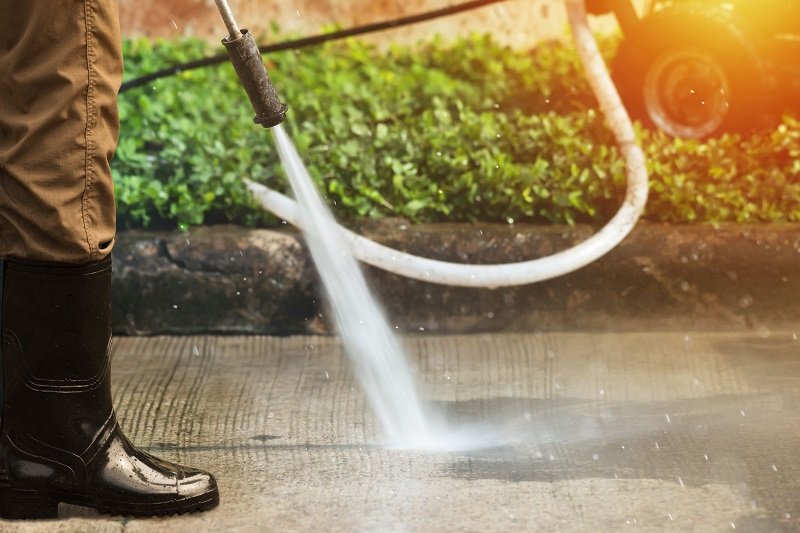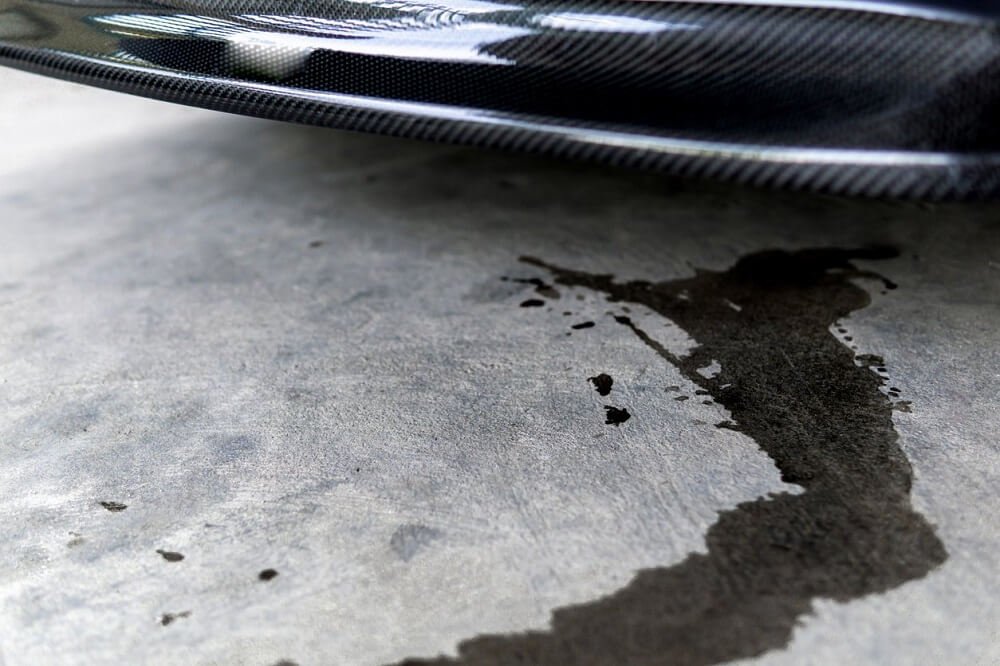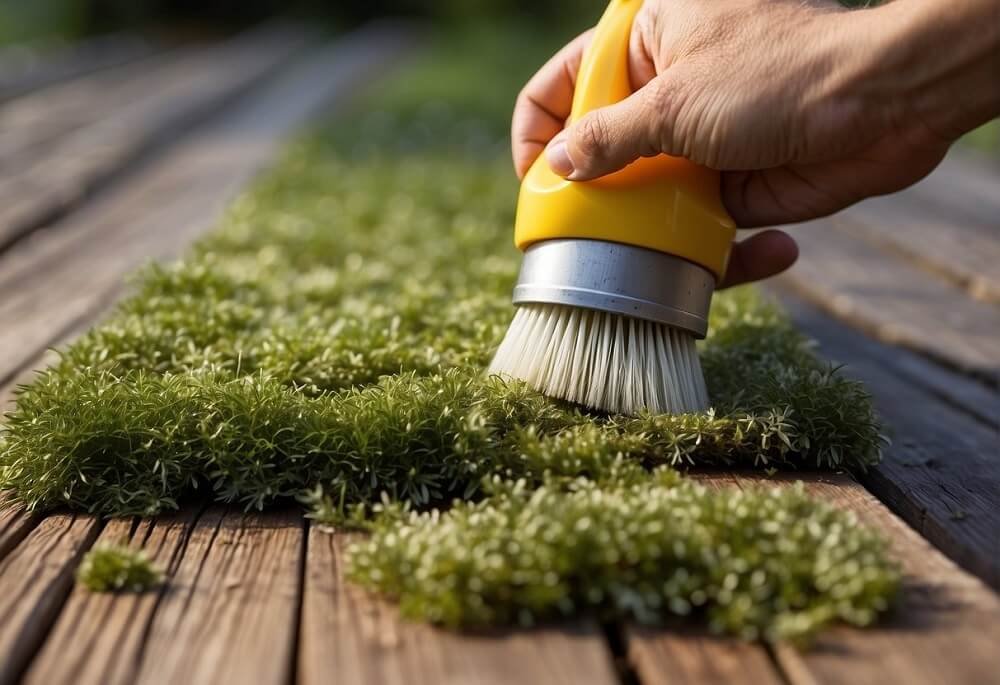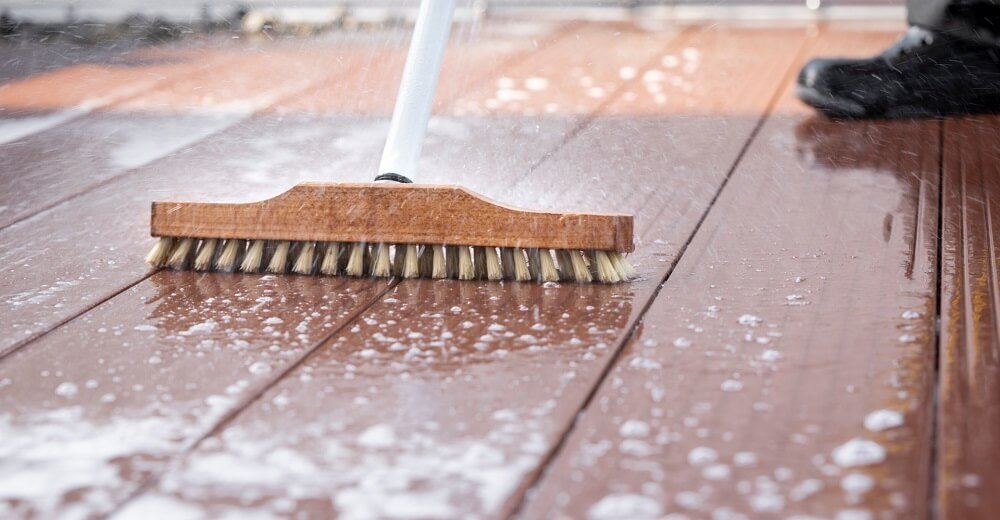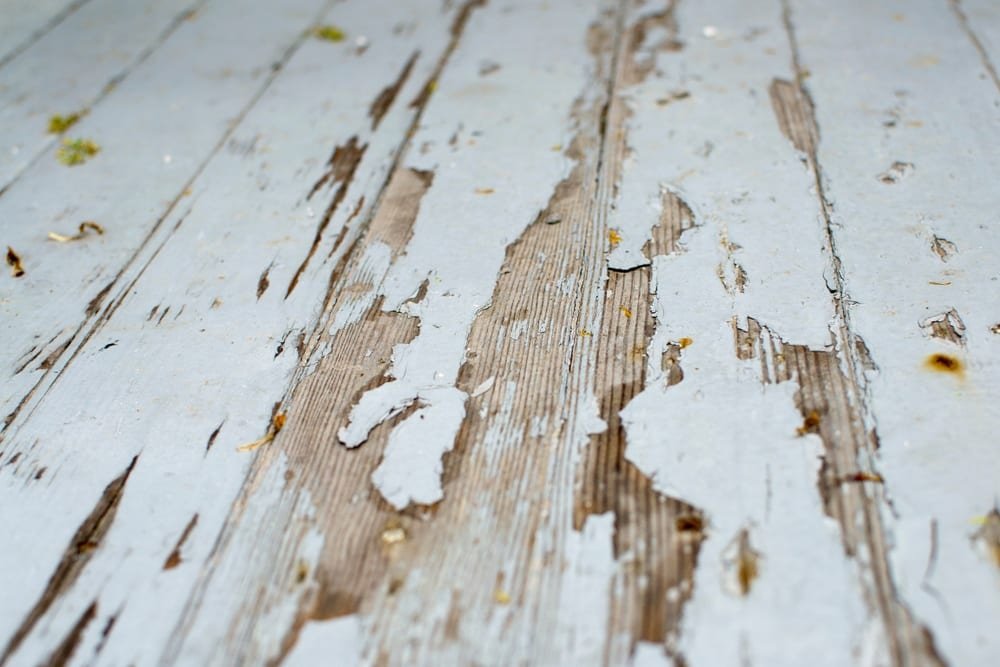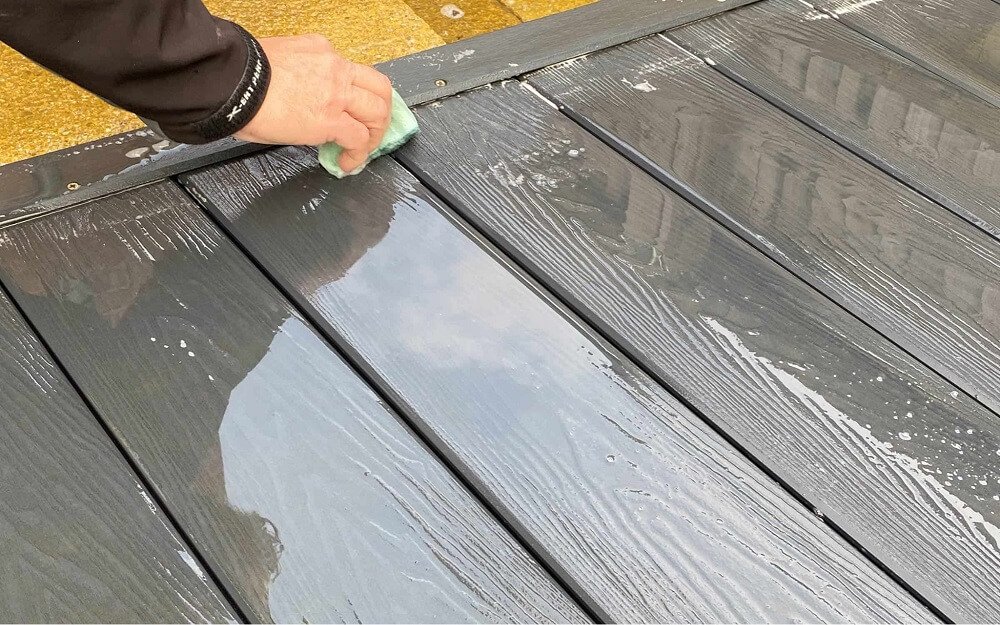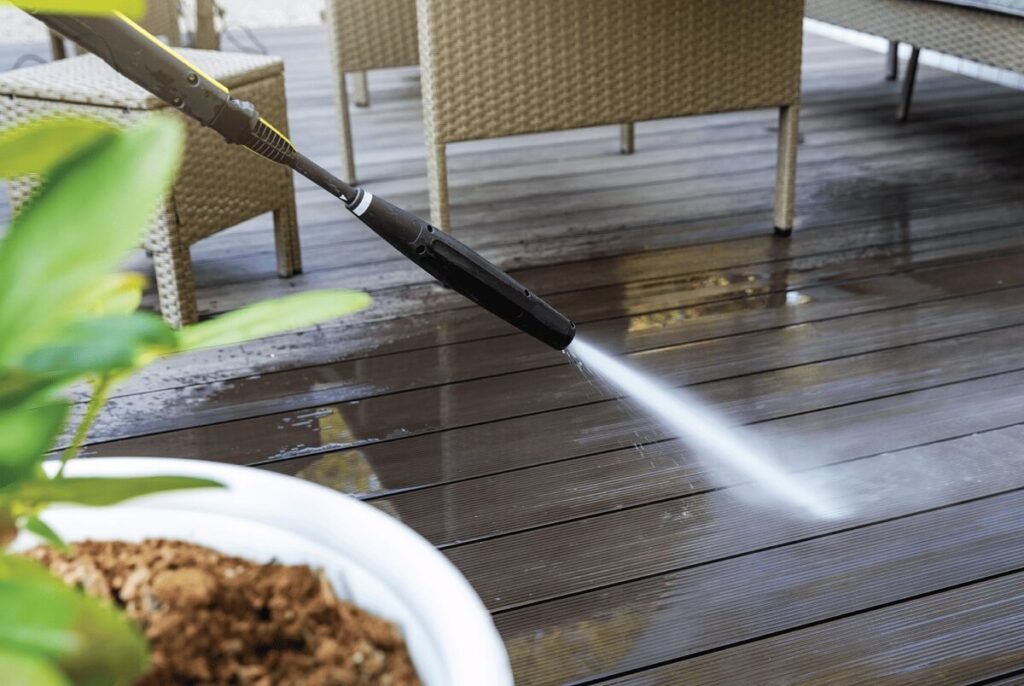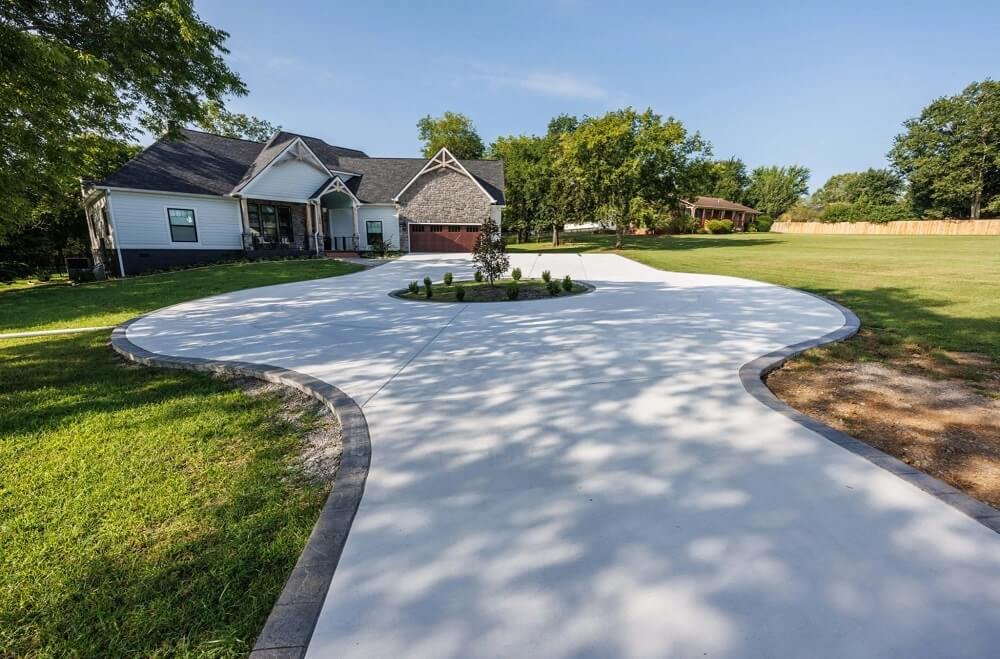Our Bristol team restores brick walls with care, removing old mortar without damaging delicate surfaces.
If you’ve ever looked at old brickwork and thought it just needs a fresh start, learning how to remove mortar from bricks is the first step. It brightens up the walls, keeps damp out, and prepares everything for repointing or repair.
The tricky part is doing it safely, too much force or the wrong tools can chip the bricks, create clouds of dust, and turn a simple job into a messy one.
This guide walks you through how to remove mortar from bricks safely and effectively, so you can get clean, solid, great-looking brickwork without the stress.
Check what type of mortar you’re working with
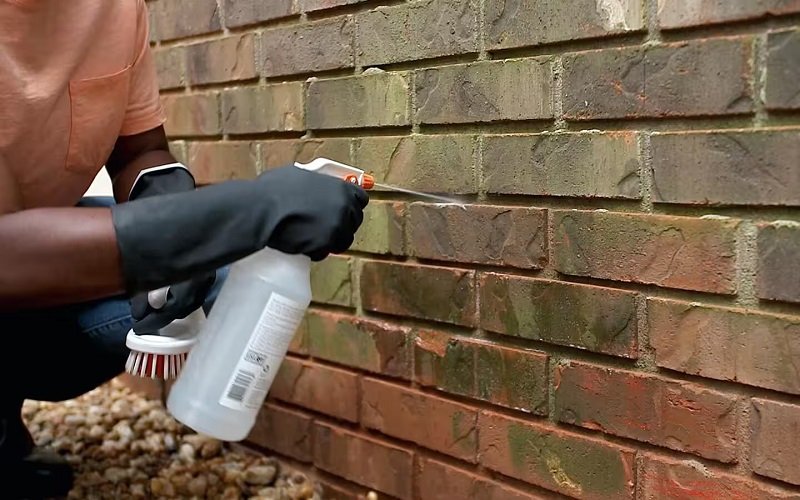
Before you start, it’s worth checking what kind of mortar was used between the bricks, cement-based or lime-based. This small step helps you choose the right removal method and avoid unnecessary damage.
- Cement mortar is hard and brittle, usually grey and takes more effort (or power tools) to remove.
- Lime mortar is softer, often lighter in colour and should be handled gently, scraping or chiselling too hard can damage the bricks.
Pay attention to the condition of the bricks too. If they look soft, flaky, or have cracks and chips, take extra care. Fragile or weathered bricks can easily break when you start removing the mortar.
The best ways to get mortar off your bricks
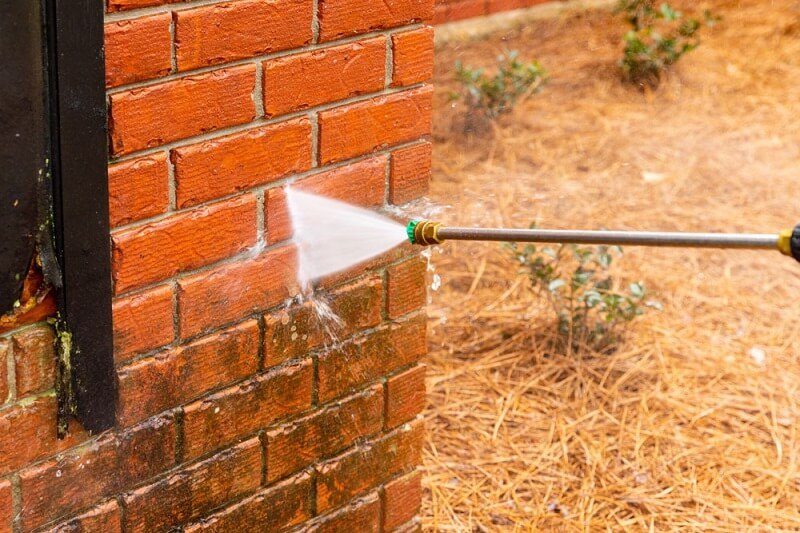
There’s more than one way to remove old mortar, the right method depends on how tough the mortar is and how delicate your bricks are. Here are the most common options:
Using a chisel and hammer. A classic, hands-on method for small areas. Tap gently along the joint to loosen the mortar without hitting the brick face.
Using a wire brush. Great for brushing away leftover dust or soft mortar remains after chiselling. Avoid hard steel brushes that can scratch the surface.
Scraping with a masonry tool. Perfect for tight spots or finishing work. Helps tidy up edges and remove thin layers of mortar.
Grinder with a diamond blade. Effective for thick, cement-based mortar, but only if you’re confident with power tools. Wear goggles, a mask and work slowly to avoid chips.
Chemical mortar remover. Softens stubborn mortar so it can be brushed or scraped off. Always follow the instructions and test on a small patch first
Acid-free brick cleaner. Designed for gentle cleaning without damaging old or soft bricks. A safer option than harsh acids.
Vinegar or natural acid solutions. Eco-friendly and mild, suitable for light mortar residue or surface cleaning. Avoid using them on limestone or delicate stone.
Steam cleaning. Helps loosen dirt and light mortar without abrasion. Best for old or decorative brickwork where you want minimal risk.
Pressure washing (low pressure only). Can remove loose mortar and dirt from large areas, but too much pressure can erode joints or mark the bricks.
Safe mortar removal methods you can do yourself
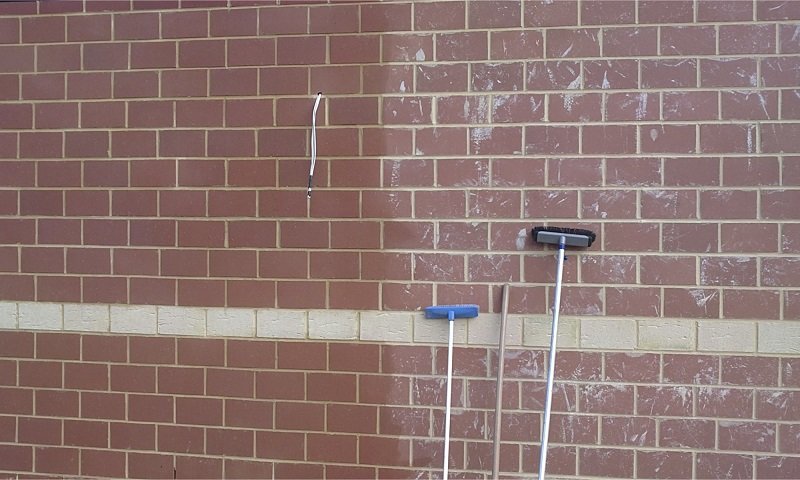
1. Using a chisel and hammer
The most common DIY method, safe and effective for hardened mortar between bricks.
Steps:
- Choose a flat chisel and a small masonry hammer.
- Hold the chisel at a shallow angle, towards the edge of the joint.
- Tap gently without touching the brick face.
- Work slowly, section by section, until the mortar comes loose.
- Brush away debris with a soft brush.
Don’t strike directly on the brick, it can crack. Always wear safety goggles and gloves.
2. Using a wire brush
Ideal for cleaning fine mortar dust or small bits left after chiselling.
Steps:
- Pick a wire brush with soft steel or stiff nylon bristles.
- Scrub the joints and brick edges until the dust is gone.
- Wipe off remaining residue with a soft brush or cloth.
Avoid very hard wire brushes that could scratch the surface, especially on old or porous bricks.
3. Scraping with a masonry tool
Good for removing thin mortar layers on the surface without digging deep into the joints.
Steps:
- Use a masonry knife or a metal scraper.
- Work gently at a low angle to lift off the mortar film.
- Wipe the area with a damp cloth to check your progress.
- Repeat until the surface looks clean.
Don’t apply too much pressure on soft or uneven bricks. Moderate scraping prevents scratches.
4. Vinegar or natural acid solutions
Great for light stains or fine mortar traces left after mechanical cleaning.
Steps:
- Mix one part white vinegar with one part water.
- Apply the solution using a sponge or soft brush.
- Let it sit for 5-10 minutes.
- Scrub gently and rinse thoroughly with clean water.
Avoid using vinegar on old or porous bricks, it may cause discolouration. Always test on a small hidden spot first.
5. Acid-free brick cleaner
A safe choice for modern bricks, effective for fine mortar residue or white film.
Steps:
- Read the label and dilute the product as instructed.
- Apply to damp brickwork with a brush or sponge.
- Leave it to work for the recommended time (usually 5-10 minutes).
- Rinse thoroughly with clean water.
Don’t let the solution dry on the surface. Work in small sections and avoid contact with metal.
6. Pressure washing (low pressure only)
Best used as a final rinse after manual cleaning, not for removing hardened mortar.
Steps:
- Set the washer to low pressure (under 1000 psi).
- Keep the nozzle at least 30-40 cm away from the wall.
- Move in wide, steady motions without focusing on one spot.
- Stop immediately if the mortar starts to thin or crumble.
Never use high pressure, it can damage the joints and brick edges. This method is only for gentle rinsing at the end.
Restoring your brickwork after removing mortar
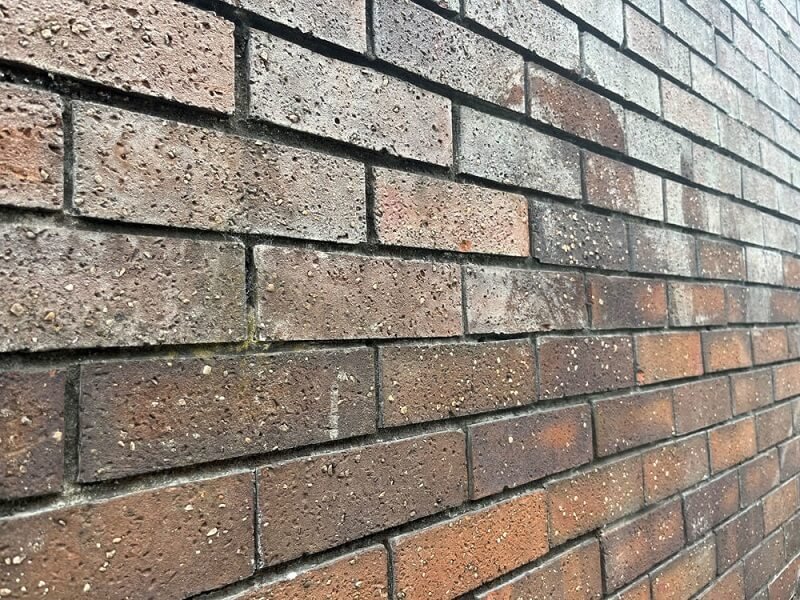
Once you’ve finished removing the old mortar, it’s worth taking a few extra steps to leave your brickwork clean, stable, and ready for repointing or sealing. Skipping this part might make new mortar harder to bond or leave behind dust that dulls the finish.
Use a soft brush or compressed air to remove fine dust and loose particles from the joints. Make sure all debris is cleared, even small bits can affect how new mortar sets.
Rinse gently with clean water to wash away residue, but don’t soak the wall. Too much water can weaken old bricks or make it harder for new mortar to grip.
Inspect the joints carefully for depth and consistency. They should be clean, even, and not deeper than about 15–20 mm for most repointing jobs. If you see crumbling edges, scrape them gently until they’re firm.
Prepare the surface for new mortar or sealing. If you plan to repoint, lightly dampen the bricks before applying fresh mortar, this helps it adhere better. For exposed brick walls you’re keeping as-is, consider applying a breathable sealer to protect against moisture and dirt buildup.
Taking your time at this stage makes a big difference. Clean, even joints not only look better but also give your new mortar the best chance to last for years.
What you should never do when removing mortar
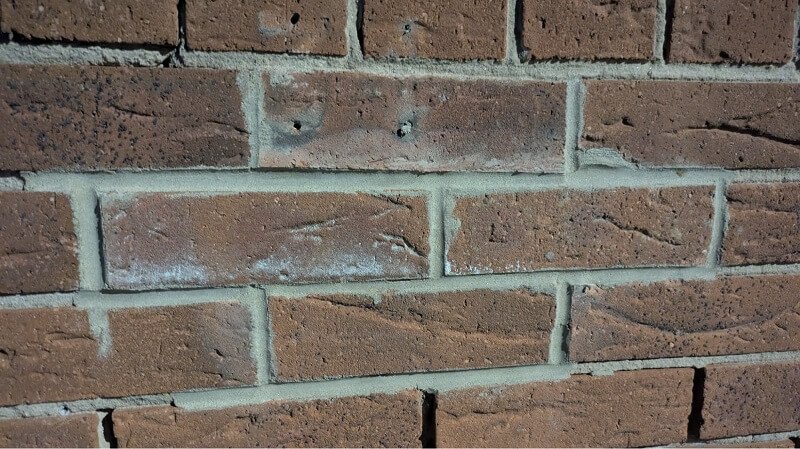
There are a few mistakes that can easily ruin your brickwork if you’re not careful.
One of the most common is striking directly on the brick face. It might seem like a quick way to get stubborn mortar off, but it often leads to chips, cracks, and permanent marks that are impossible to fix later.
Another big mistake is using acid cleaners on soft or older bricks. These products can burn or discolour the surface, and in some cases even weaken the structure of the wall. If you’re unsure, it’s always safer to choose an acid-free or natural cleaner.
Be careful not to remove too much mortar. Going too deep into the joints can loosen the bricks and reduce the wall’s strength. You only need to clear enough space for new mortar to bond properly.
Many people also forget about safety. Working without goggles, gloves, or a dust mask can lead to irritation from dust or small flying fragments. Take a few extra minutes to protect yourself, it’s worth it.
Finally, don’t rush the job. Working too fast often means uneven joints, scratched brick faces, and more work later to fix mistakes. Patience and steady hands always give better results.
When it’s better to call a brick mortar removal specialist

Some brickwork jobs are best left to professionals, especially when precision and care really matter. If you’re dealing with an old or listed building, the bricks are often delicate and can be damaged easily with DIY tools. A specialist knows how to remove mortar safely without harming the original structure or appearance.
For large areas or deep joints that need full repointing, calling a professional team like Bristol Blast Away can save you days of hard work and ensure a clean, even finish. They use the right tools and techniques to remove stubborn mortar efficiently while keeping the surrounding brickwork intact.
If you’ve spotted cracks, loose joints, or any signs of structural movement, it’s also wise to get expert help before continuing. The same applies when the work area is high up or difficult to access, professionals are equipped for safe, secure work at height.
Whether it’s for safety, quality, or peace of mind, Bristol Blast Away can handle the job quickly and carefully, leaving your walls ready for a perfect repointing or restoration.
